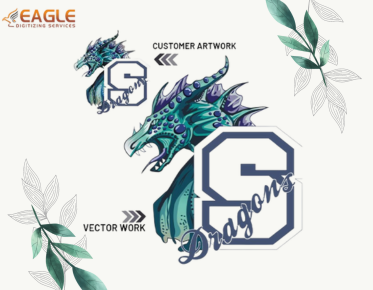Mastering the Art of Silkscreen Printing: A Comprehensive Guide
html
Silkscreen printing, also known as screen printing, is a versatile and popular method for creating custom designs on various surfaces, especially textiles like t-shirts. Whether you're a hobbyist looking to create unique apparel or an entrepreneur aiming to start a business, learning how to silkscreen shirts can be both rewarding and profitable. In this guide, we'll explore the essential steps and techniques to help you master silkscreen printing. For a visual introduction, you might find this video tutorial helpful in getting started with the basics of silkscreen printing【4:0†source】.
Understanding the Basics of Silkscreen Printing
Silkscreen printing involves transferring ink onto a substrate, except in areas made impermeable to the ink by a blocking stencil. The process is simple yet requires precision and practice to perfect. The primary components include a screen (usually made of polyester), a squeegee, ink, and the substrate (such as a t-shirt).
Materials and Equipment Needed
Before you begin, gather the necessary materials and equipment. You'll need a screen printing frame, emulsion, a squeegee, screen printing ink, a heat source for curing, and a design to print. You can purchase these items individually or as part of a starter kit, which is often recommended for beginners.
Step-by-Step Guide to Silkscreen Printing
1. Preparing Your Design
The first step in silkscreen printing is creating your design. This can be done using graphic design software to ensure precision and scalability. Once your design is ready, print it onto a transparency film. If you're not familiar with design software, consider using vector images to ensure your design is crisp and clear【4:0†source】.
2. Coating the Screen with Emulsion
Apply a light-sensitive emulsion to your screen. This emulsion will harden when exposed to light, creating a stencil of your design. Ensure the emulsion is evenly spread across the screen and allow it to dry in a dark room to prevent premature exposure.
3. Exposing the Screen
Once the emulsion is dry, place your transparency film on the screen and expose it to a light source. The light will harden the emulsion except where your design blocks it, creating a stencil. After exposure, rinse the screen with water to wash away the unhardened emulsion, revealing your design.
4. Printing Your Design
With your stencil ready, place the screen on your t-shirt and apply ink at the top of the screen. Use the squeegee to pull the ink across the screen, pressing it through the open areas of the stencil onto the fabric. Lift the screen carefully to avoid smudging.
5. Curing the Ink
After printing, the ink must be cured to ensure it adheres permanently to the fabric. This can be done using a heat press or a simple household iron. Follow the ink manufacturer's instructions for the appropriate temperature and duration.
Advanced Techniques and Tips
Once you've mastered the basics, you can experiment with advanced techniques such as multi-color printing, using specialty inks, and creating complex designs. Practice is key, so don't be discouraged by initial mistakes. Each print is an opportunity to refine your skills.
Exploring Silkscreen Printing as a Business
Silkscreen printing offers numerous business opportunities, from custom apparel to promotional products. As you gain confidence in your skills, consider expanding your offerings to include other items like tote bags, posters, and more. The demand for personalized products is high, and with the right marketing strategy, you can turn your passion into a profitable venture.
For those interested in scaling their operations, investing in professional vector art services can enhance the quality of your designs. Eagle Digitizing excels in delivering professional vector art services, transforming creative visions into scalable designs. As you continue your journey in silkscreen printing, consider how these services can elevate your work and expand your business potential.
.png)


